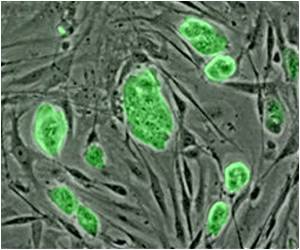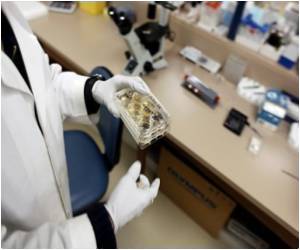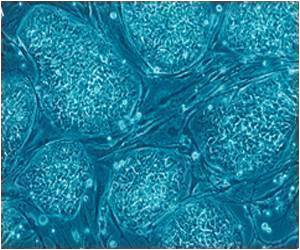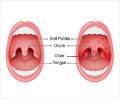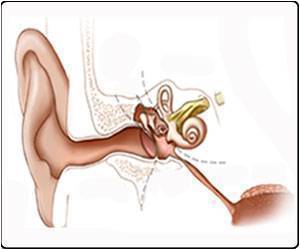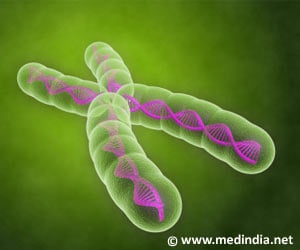There is epidemiological evidence that links heart disease with type B coxsackie virus (CVB) infection.
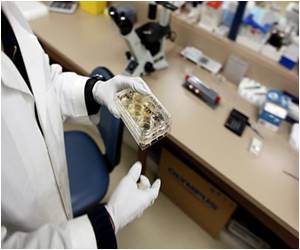
CVB infection is very common and affects mostly children. The symptoms range widely: over half of the infections are thought to be asymptomatic, the majority of children who get sick have only a mild fever, and a very small proportion get inflammation of the heart or brain. On the other hand, 70 – 80% of patients with heart failure show signs of a previous CVB infection but have no history of viral heart disease, raising the possibility that even a mild earlier infection makes them more vulnerable to get heart disease later on.
To investigate this, researchers from San Diego State University, USA, led by Roberta Gottlieb and Ralph Feuer, first established a mouse model of mild juvenile CVB infection. Mice infected with a non-lethal dose of the virus shortly after birth did not develop any heart disease symptoms during the infection or into adulthood, but they had a predisposition to heart disease later in life.
Detailed analysis of the mice after infection showed that the virus does indeed target the heart and is found in cardiac stem cells. When comparing the numbers of cardiac stem cells in previously infected adult mice with uninfected ones, the researchers found significantly smaller numbers in the infected mice.
To test whether the childhood infection and stem cell depletion had any effect on the adult heart, the researchers exposed infected mice to two different types of cardiac stress. They treated some of the mice with a drug known to overstimulate the heart, and they challenged another group by making them swim for 90 minutes every day for 14 days. Following both treatments, the infected mice showed clear signs of early heart disease whereas uninfected controls showed little or no symptoms.
Analyzing the stressed mice in more detail, the researchers found that the hearts from previously infected mice had impaired ability to re-arrange their heart blood vessels and grow new ones. This process, called vascular remodeling, is critical for the heart to respond to changes in the environment, including stress.
Advertisement
Nonetheless, the researchers conclude that their results "support the hypothesis that a mild CVB3 infection early in development can impair the heart's ability to undergo physiologic remodeling, leading to heart disease later in life". They also suggest that "the subtle cardiac alterations might go undetected under normal circumstances but emerge in the setting of increased demand such as intense exercise or chronic high blood pressure".
Advertisement

